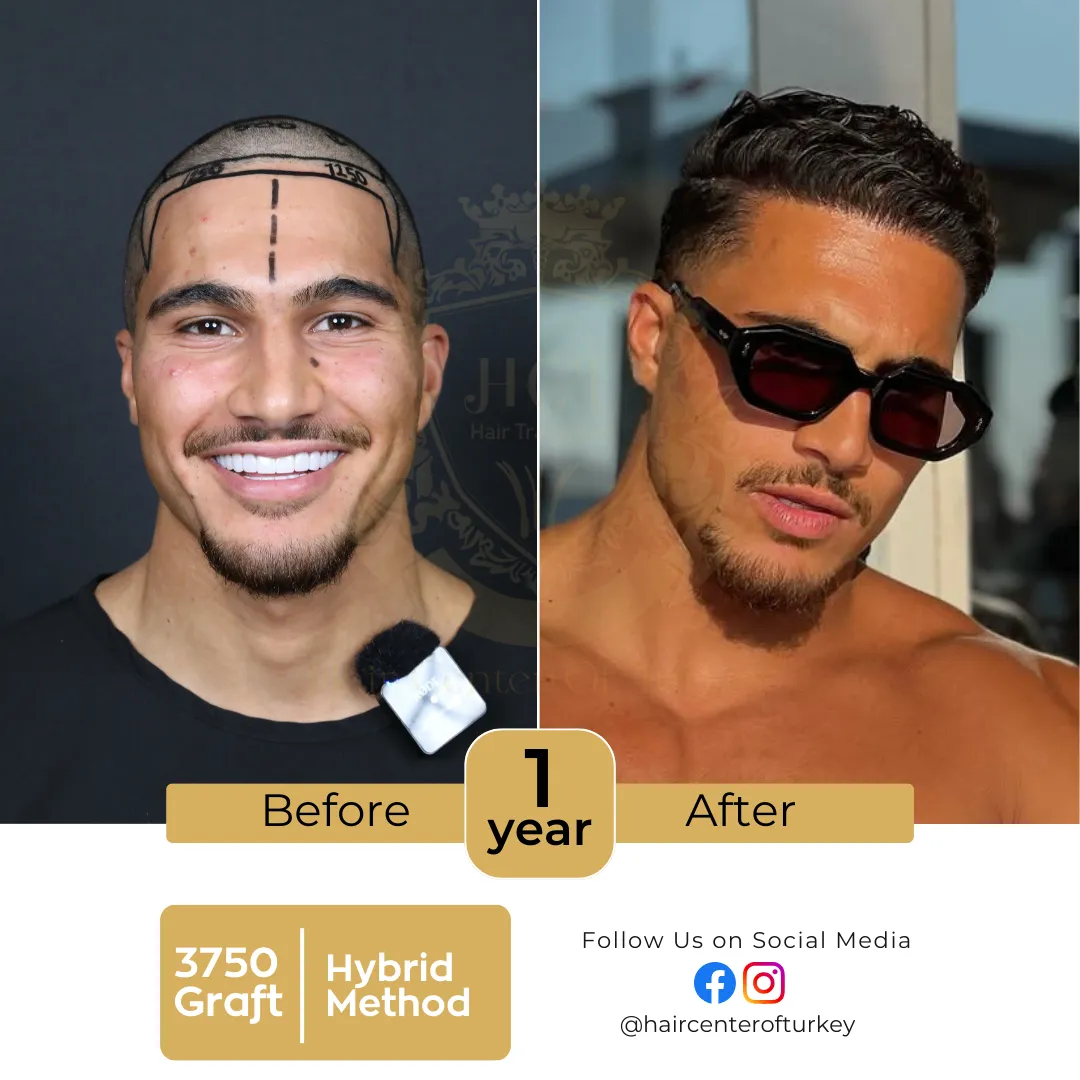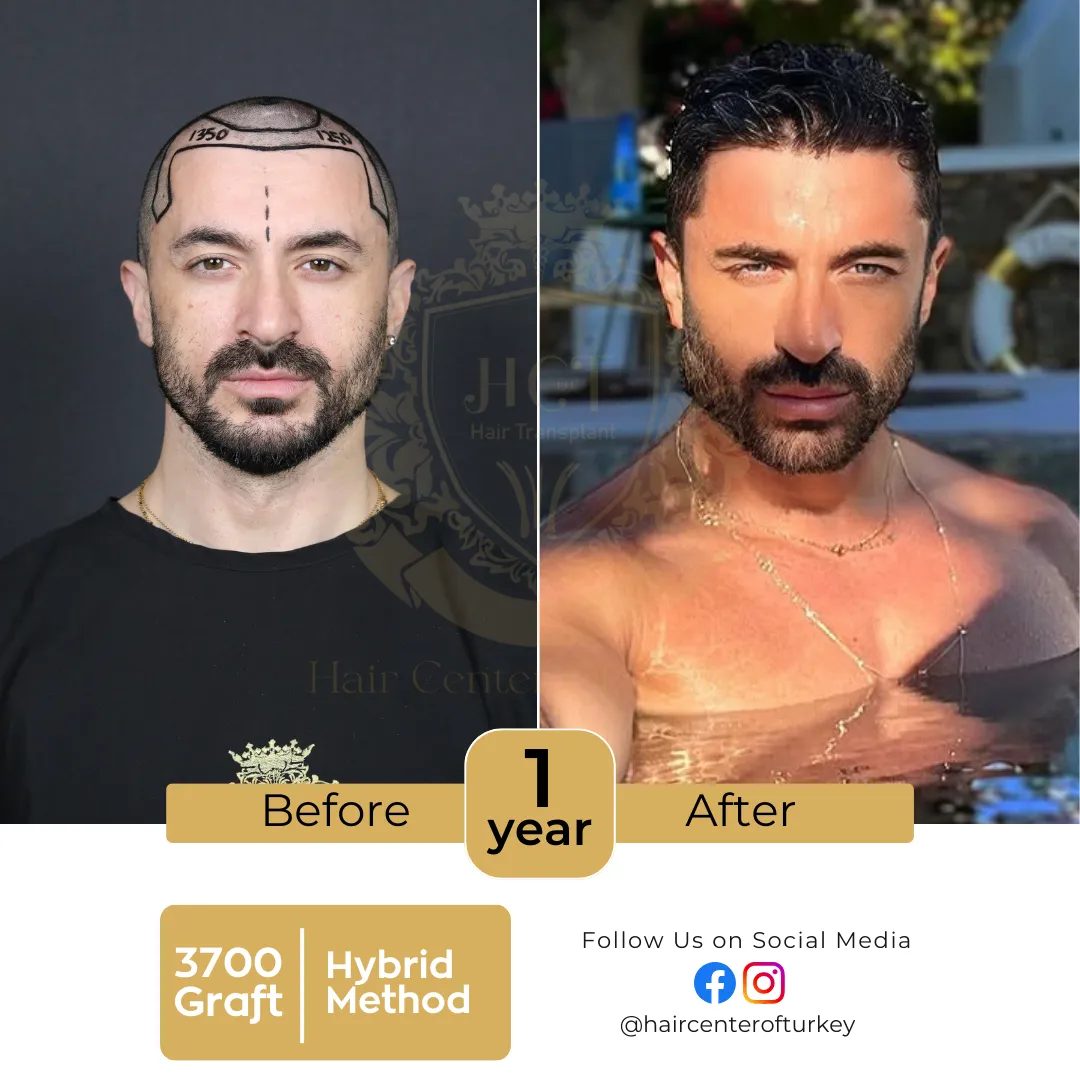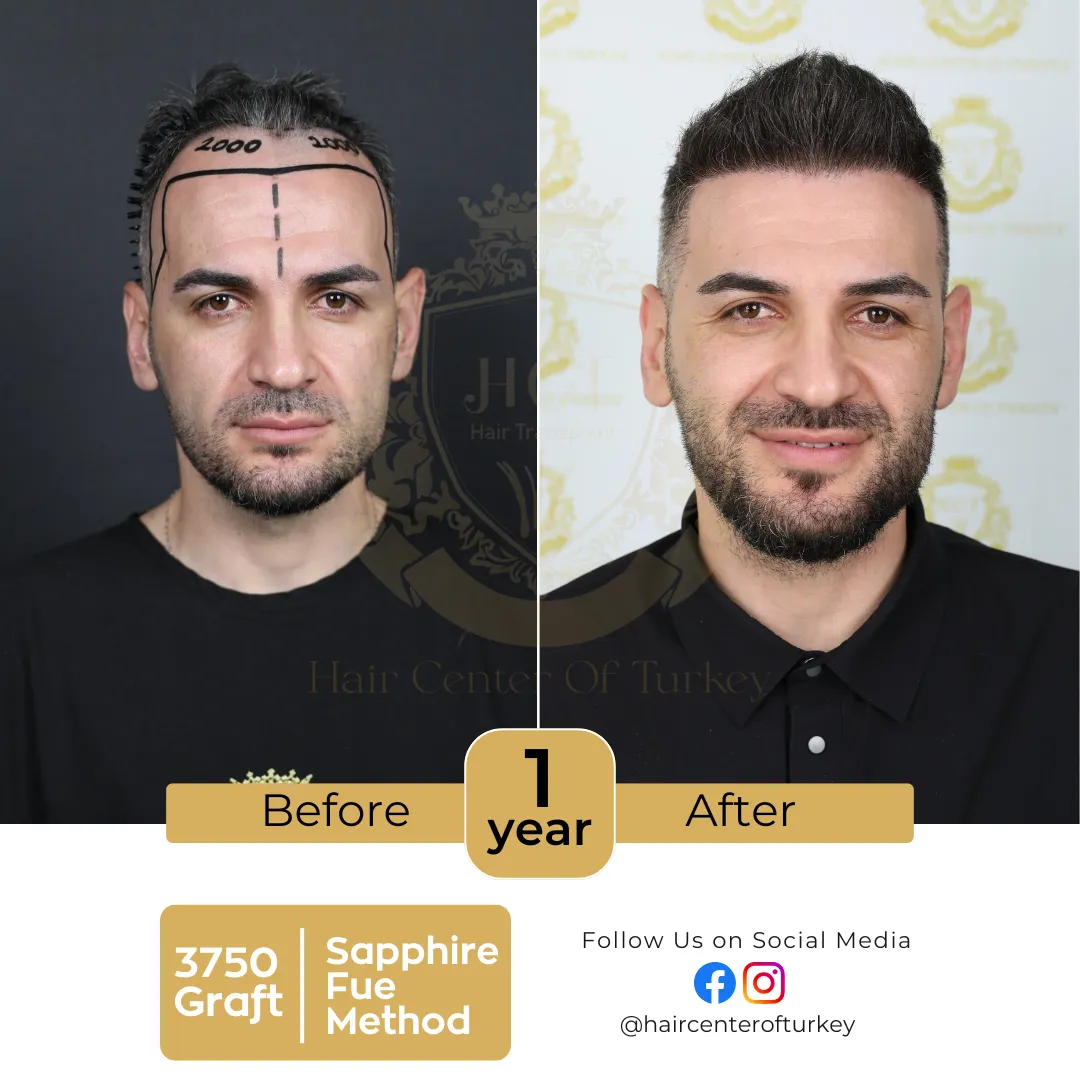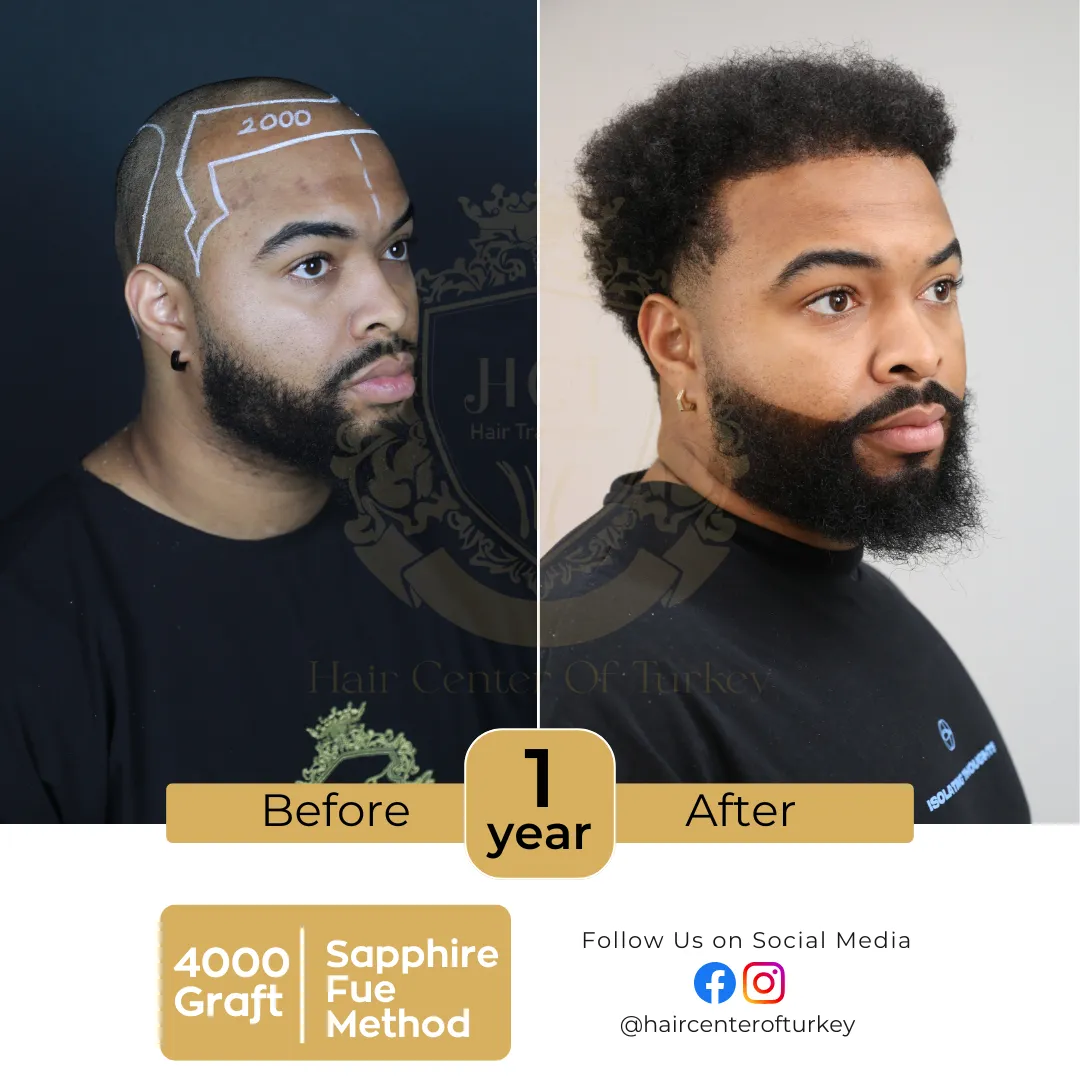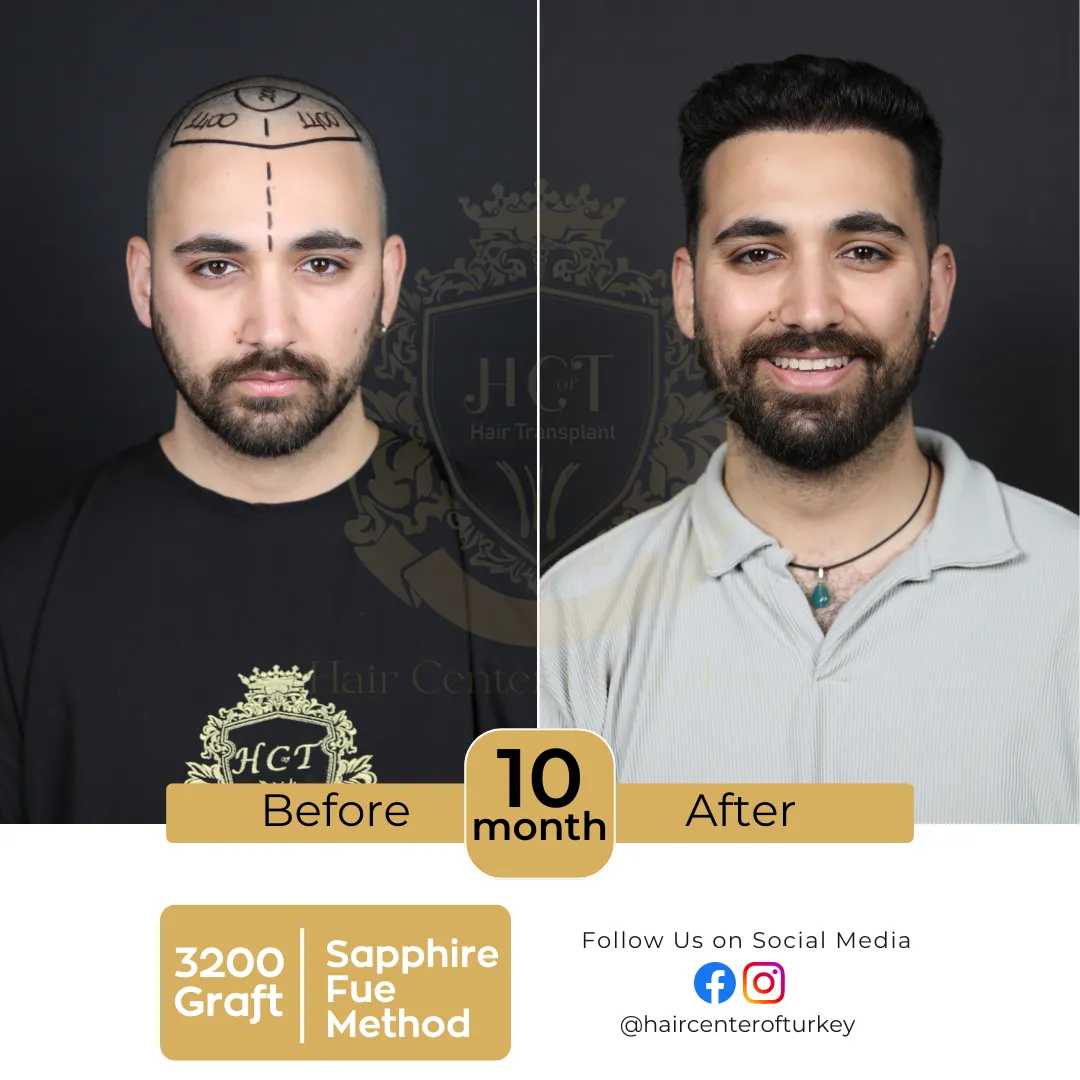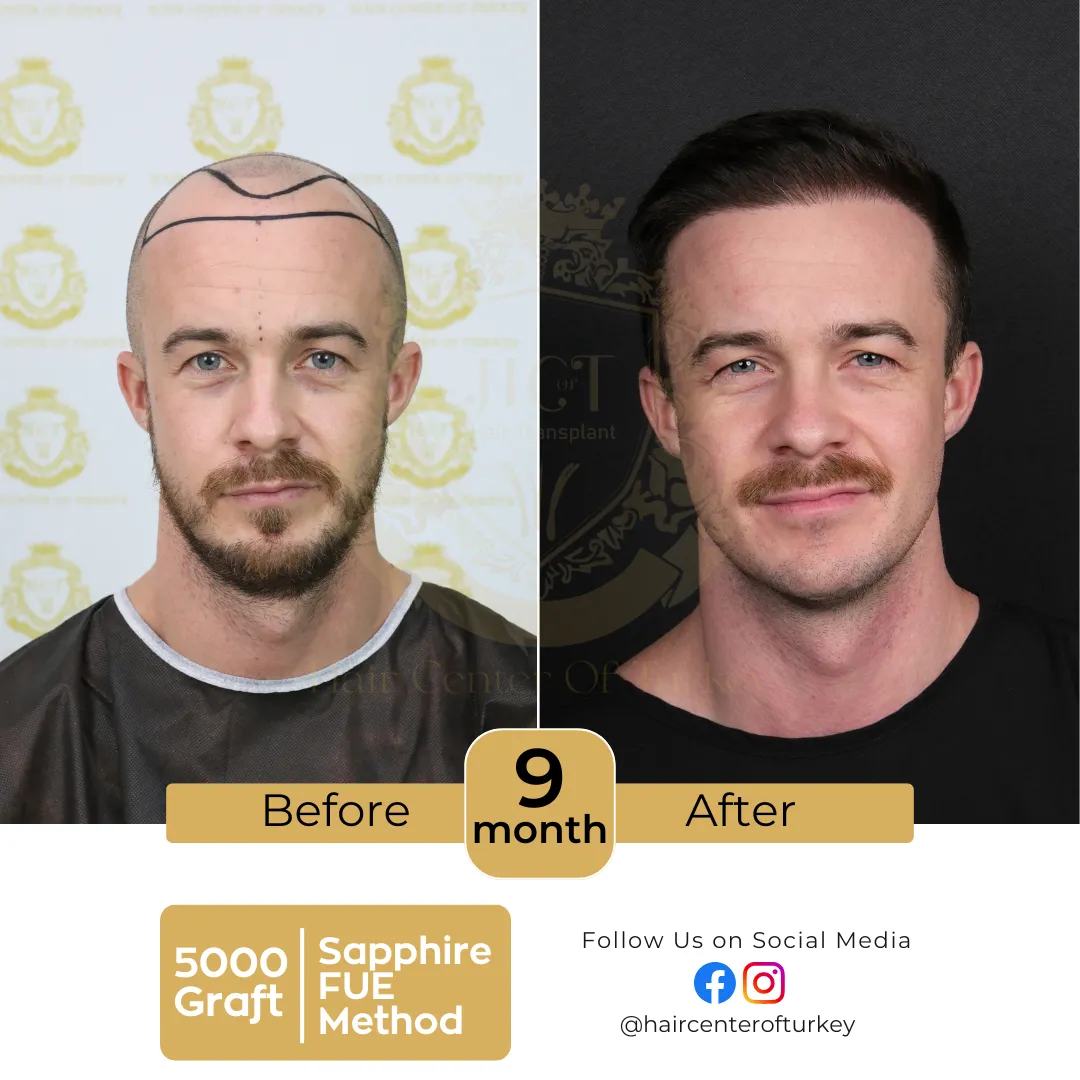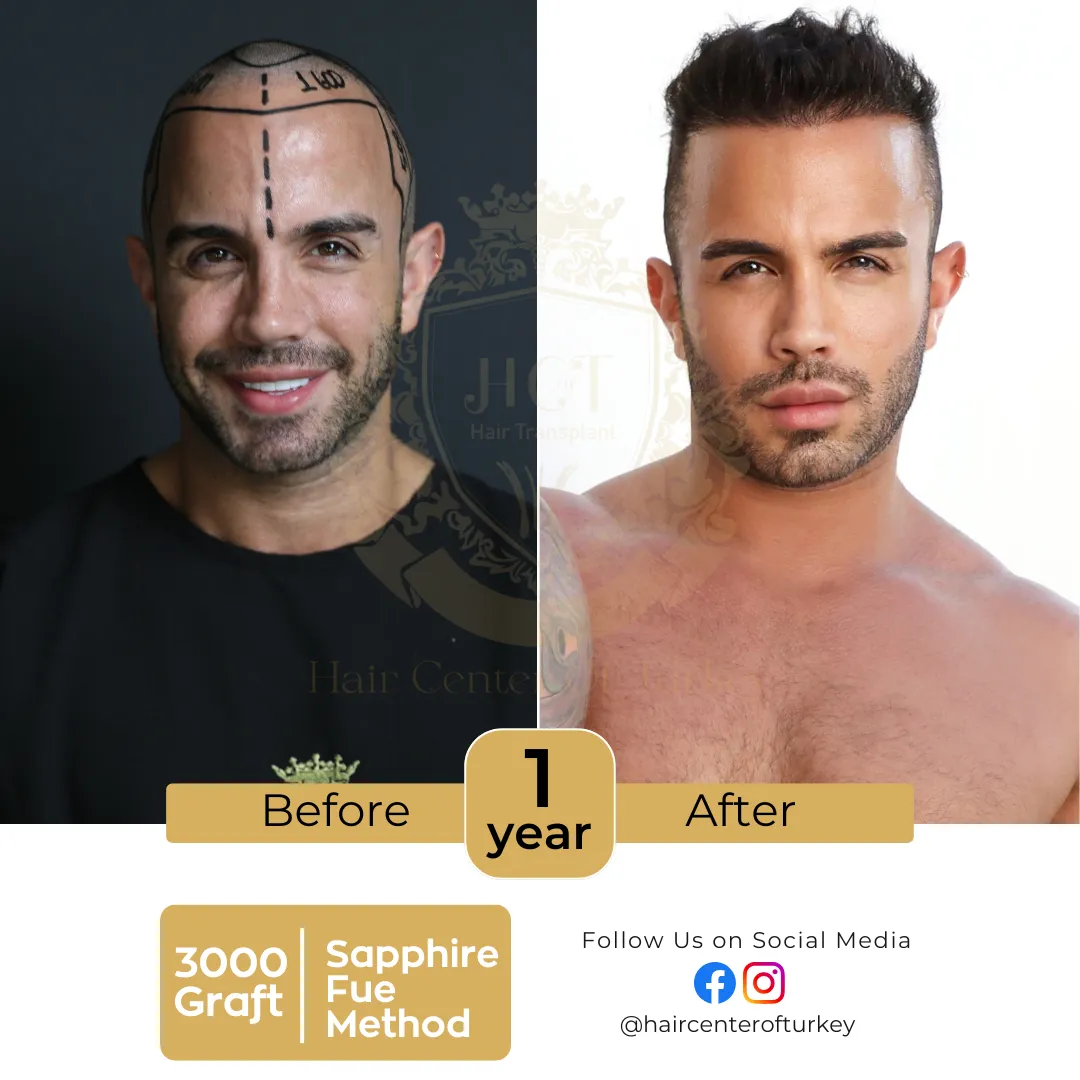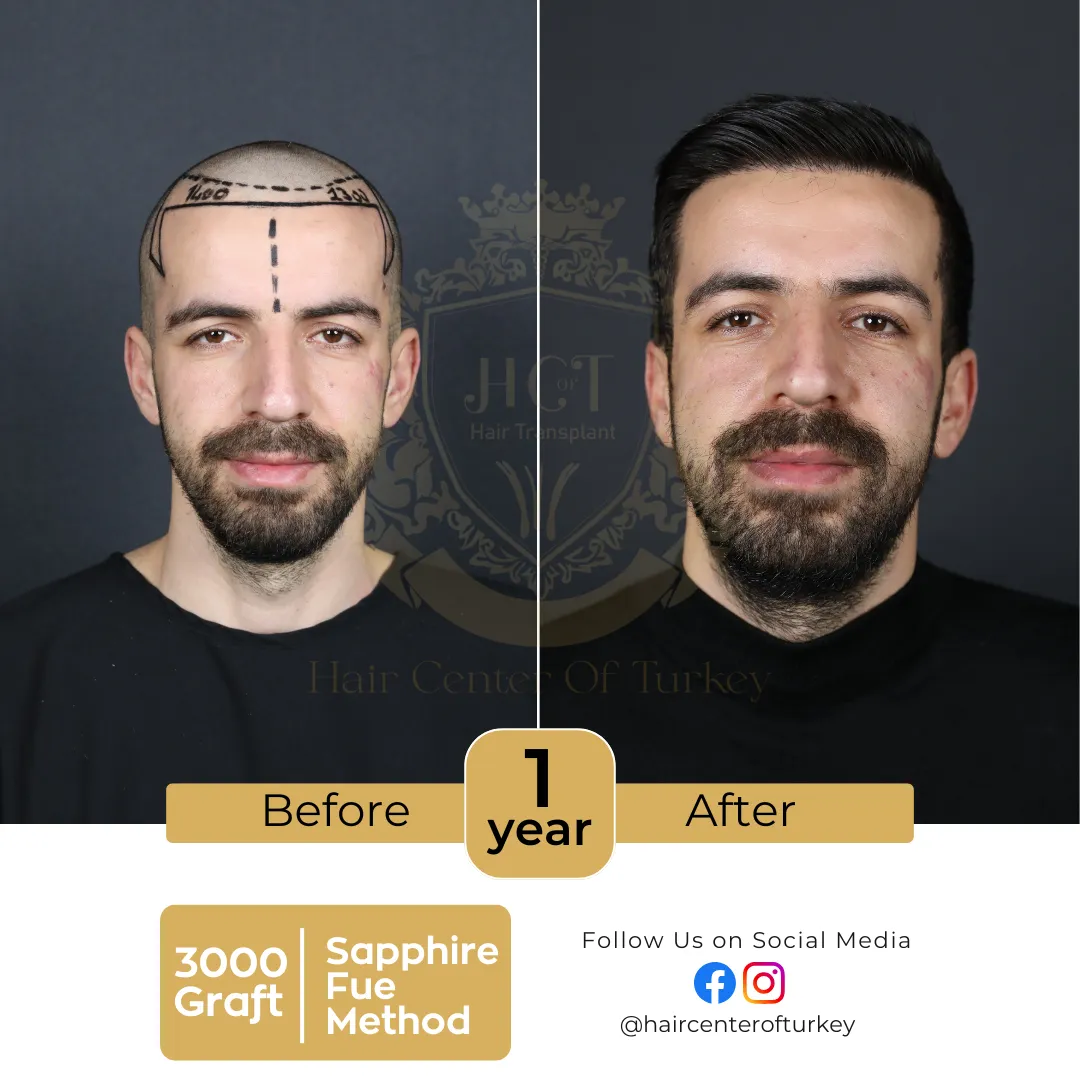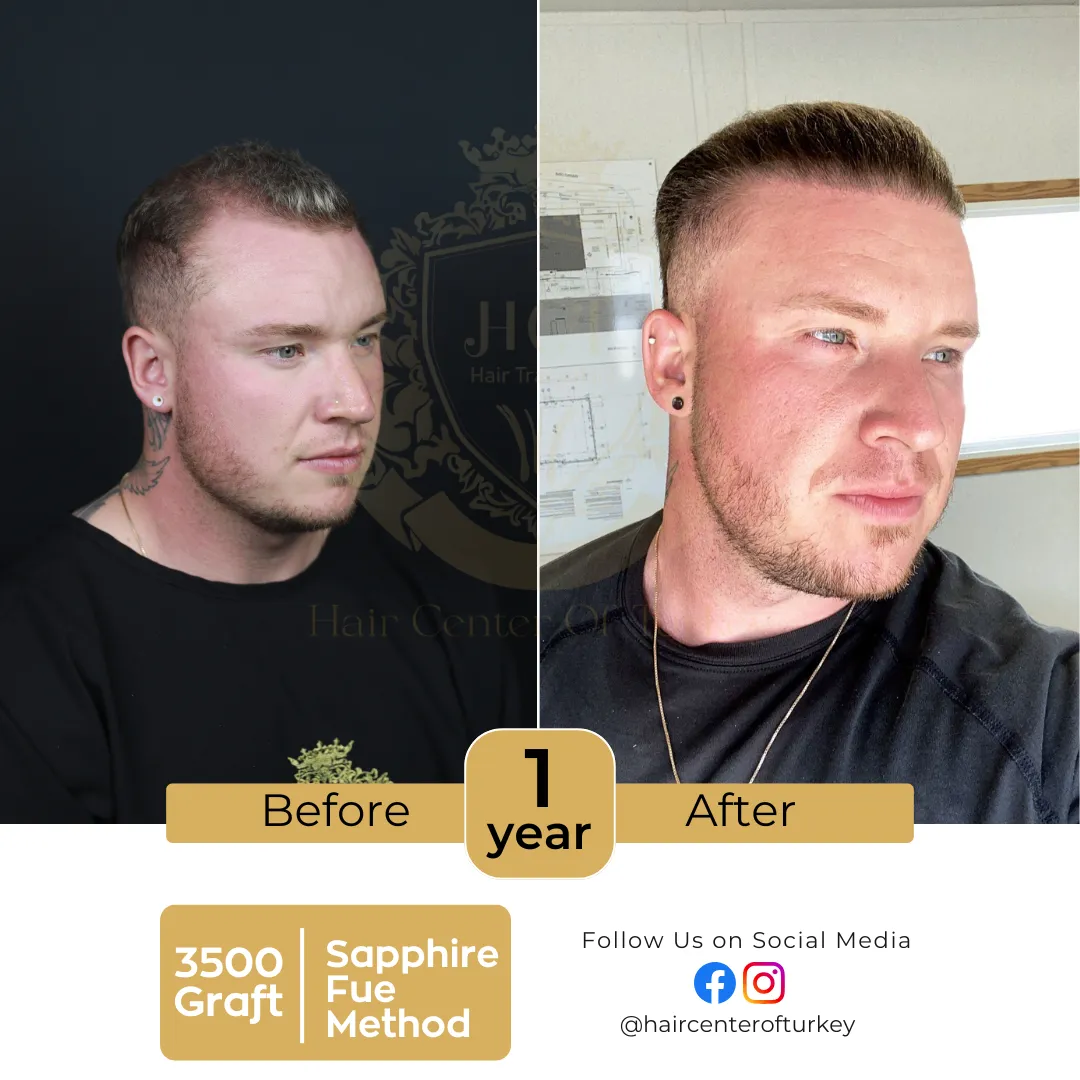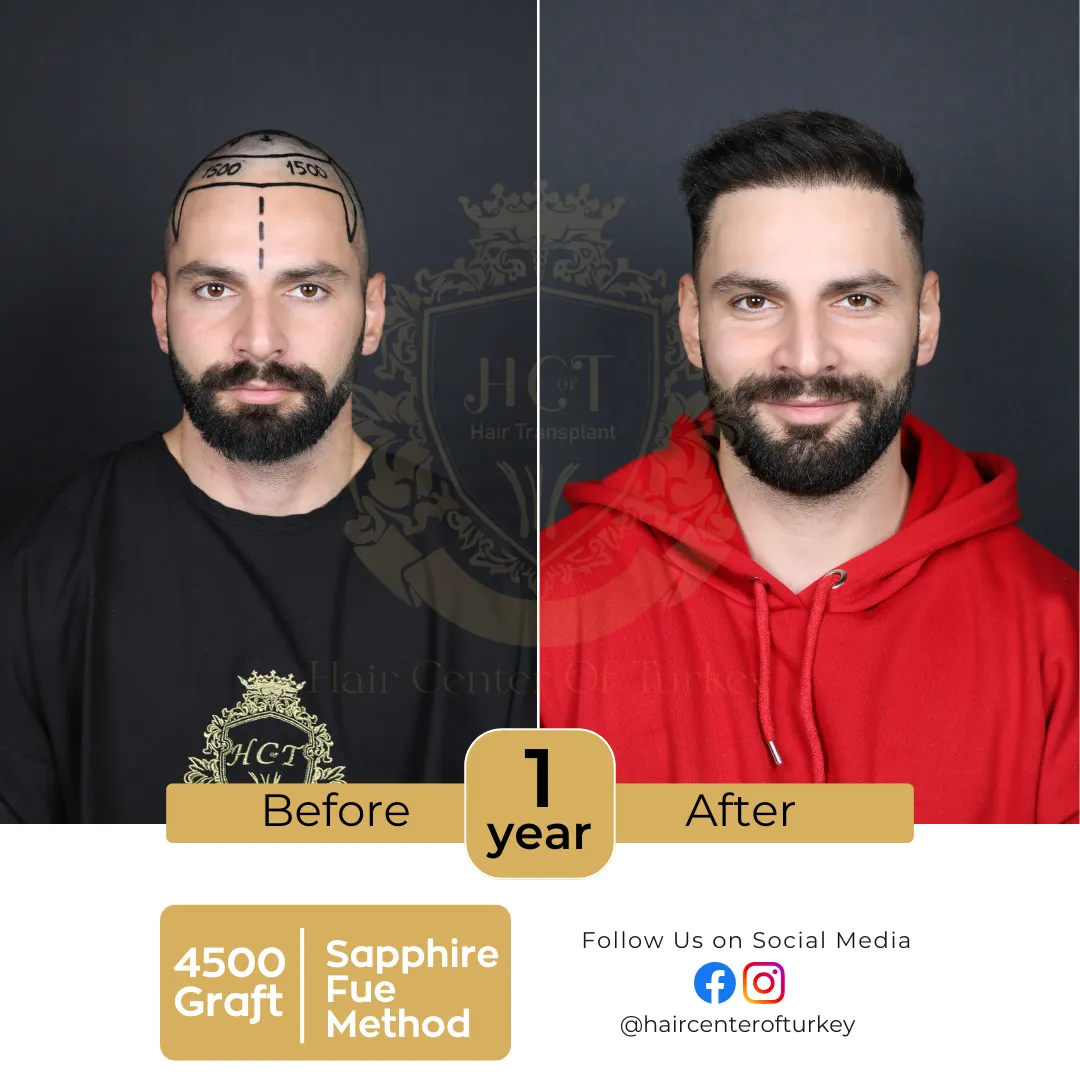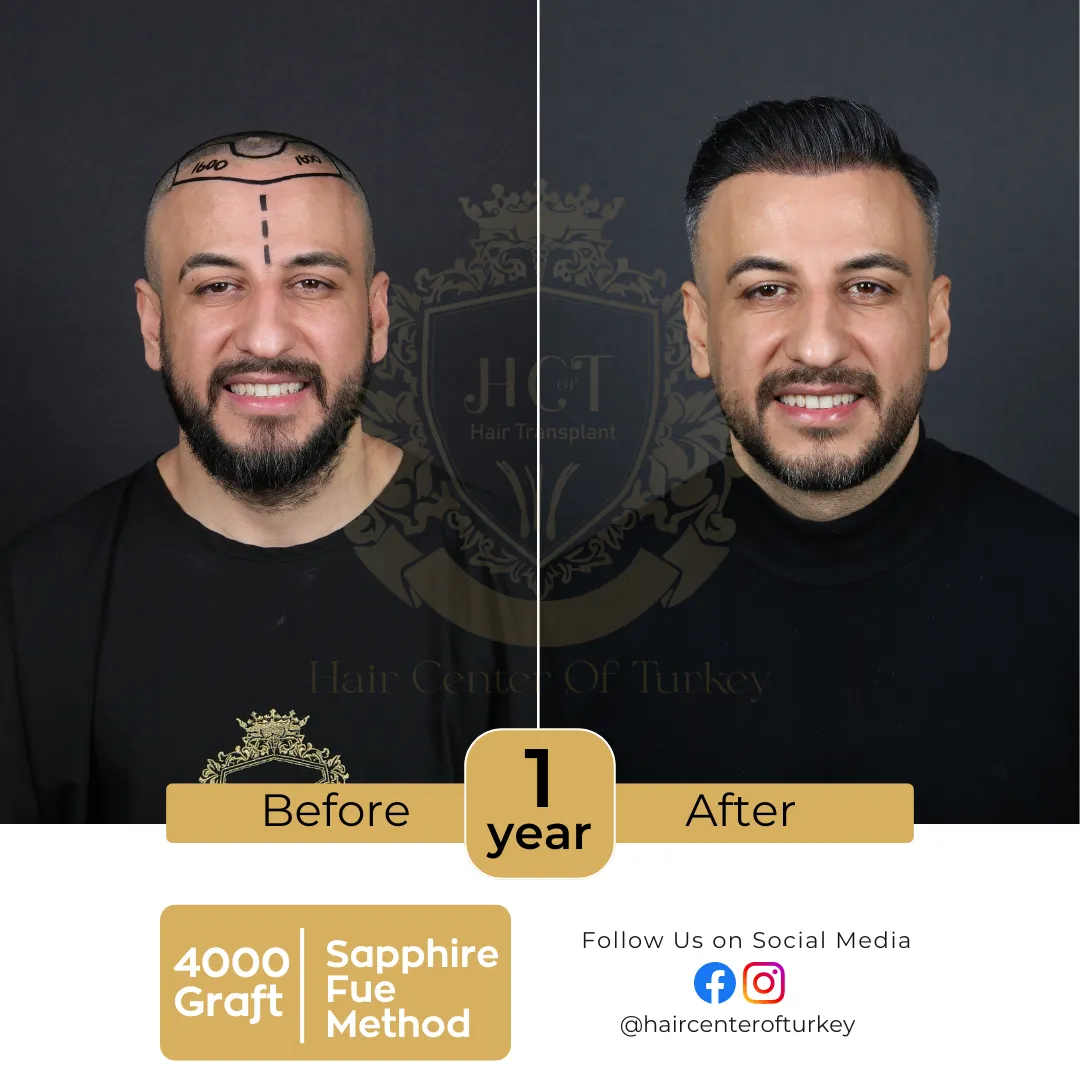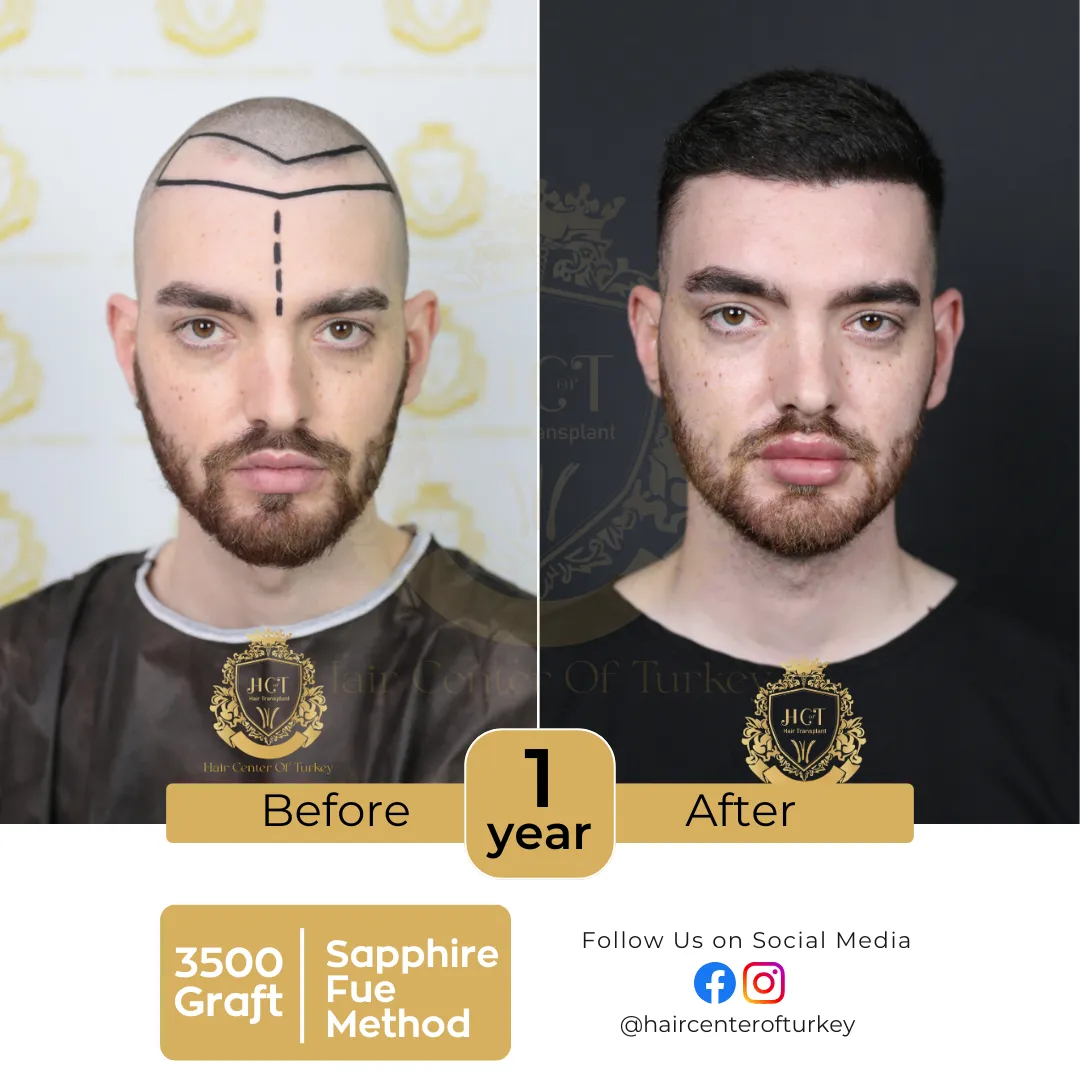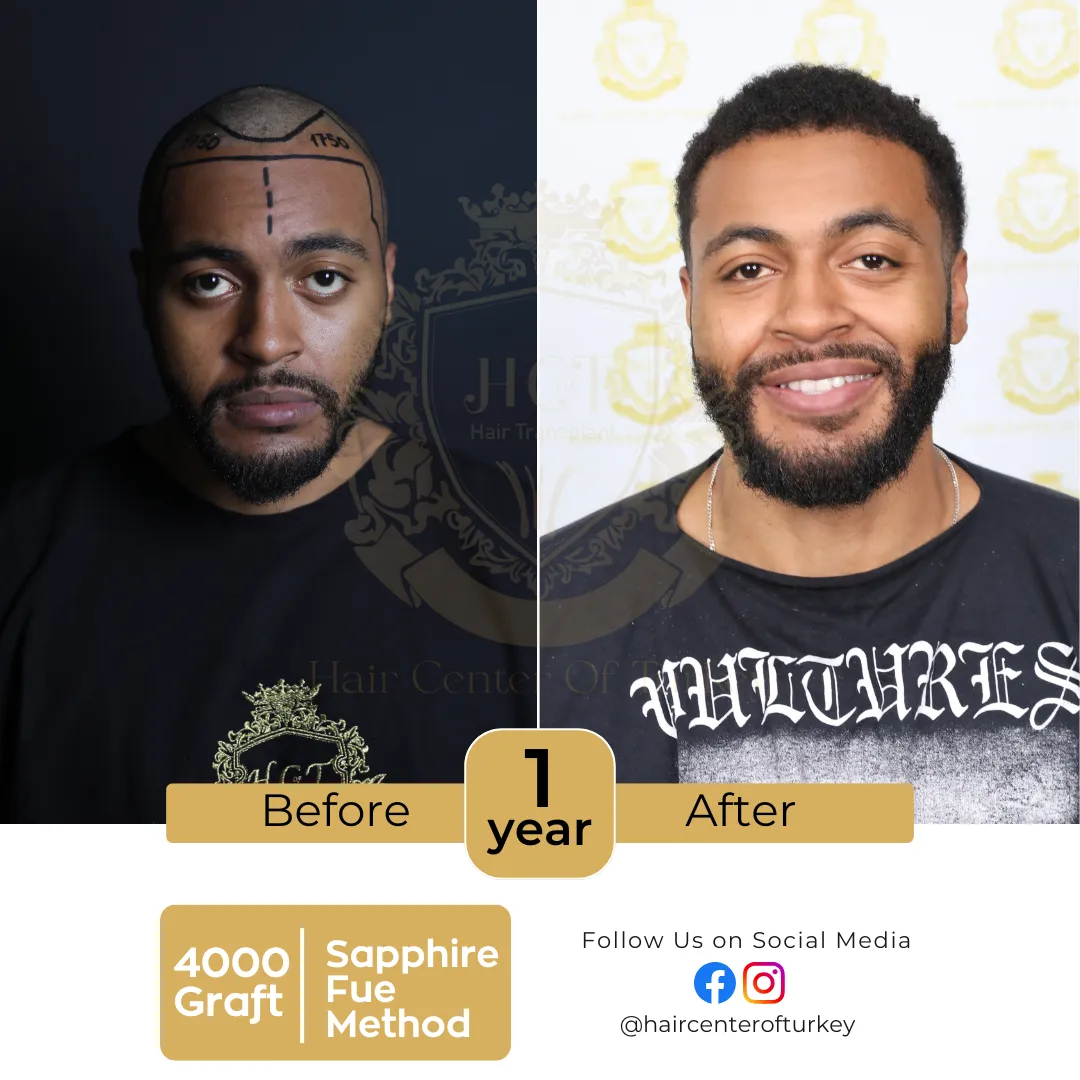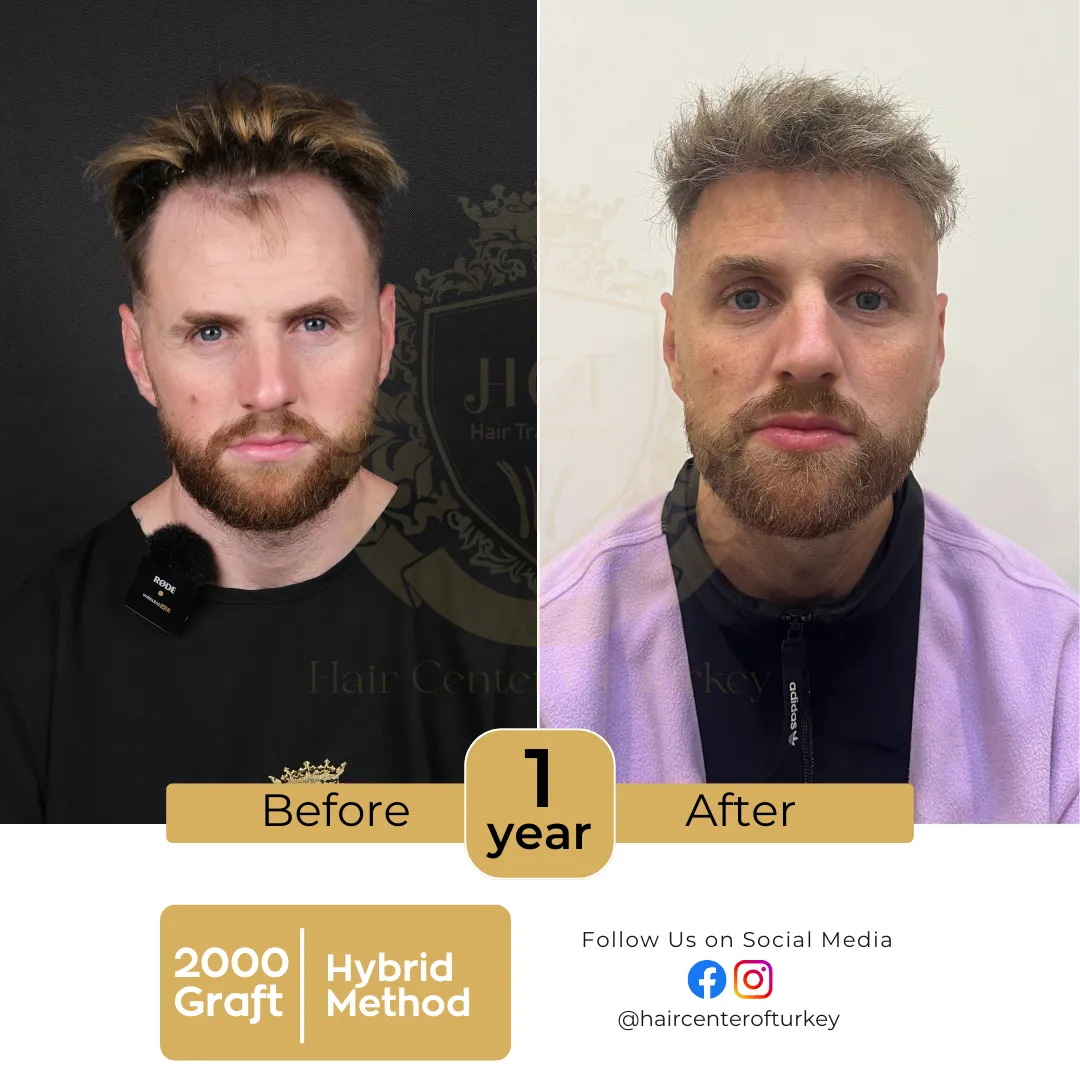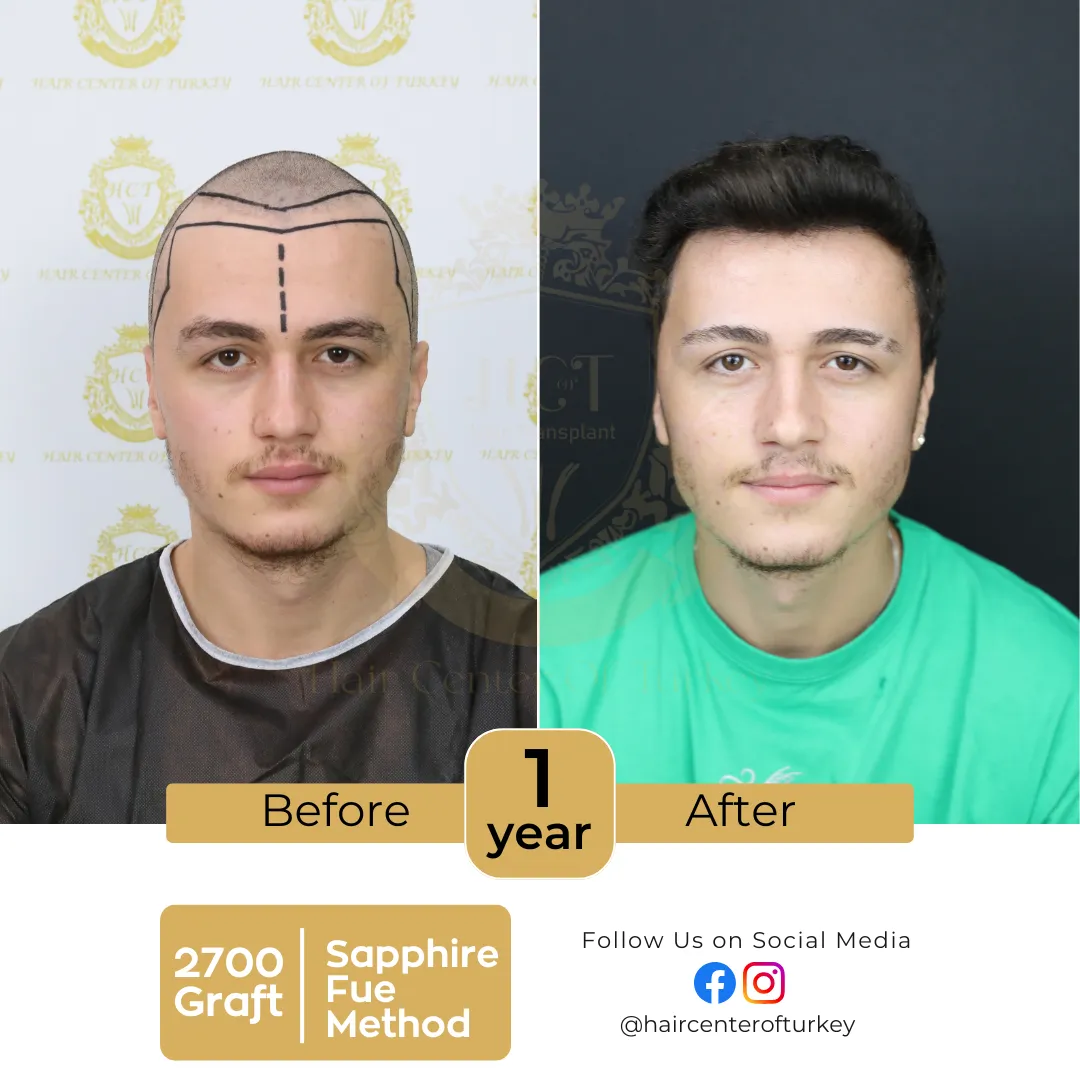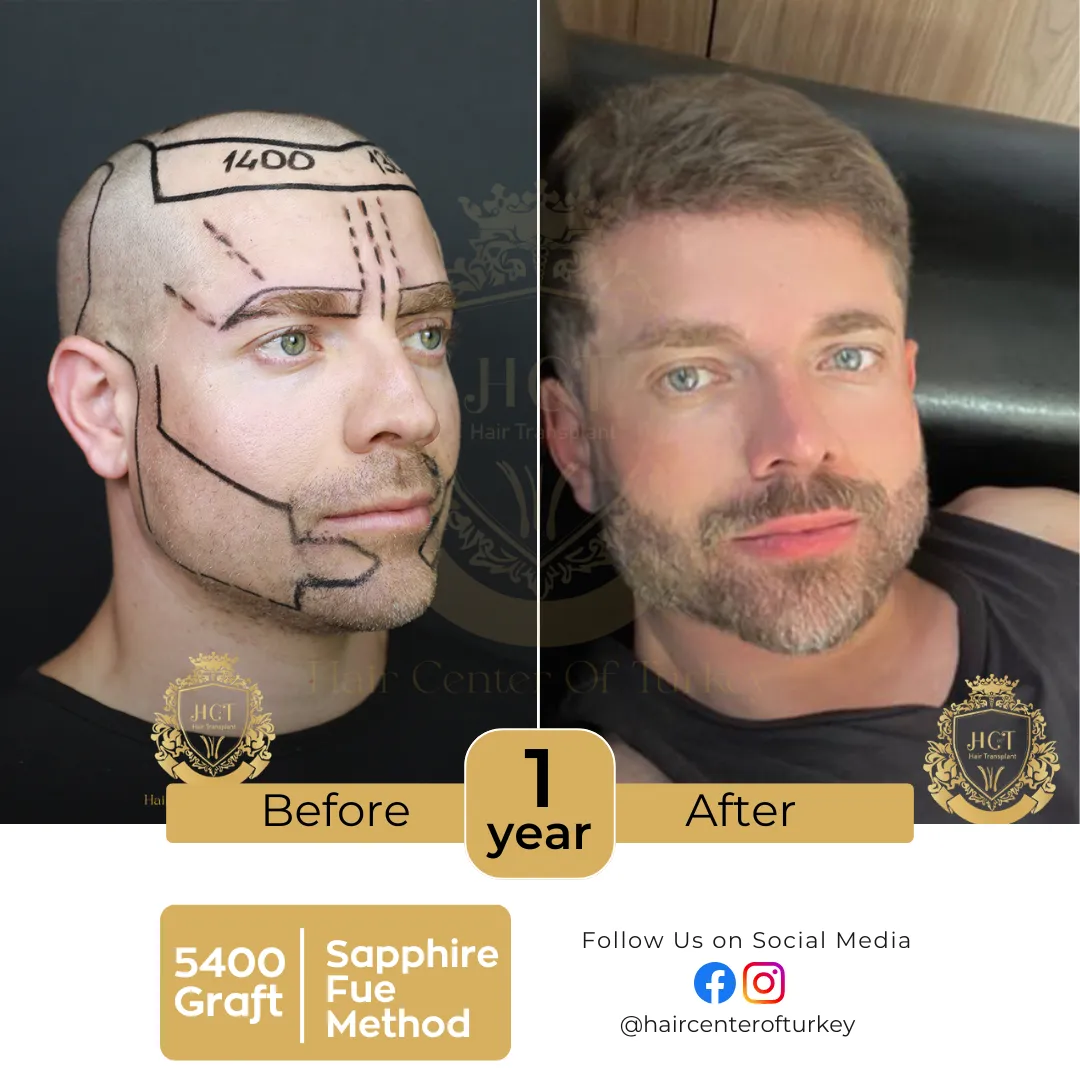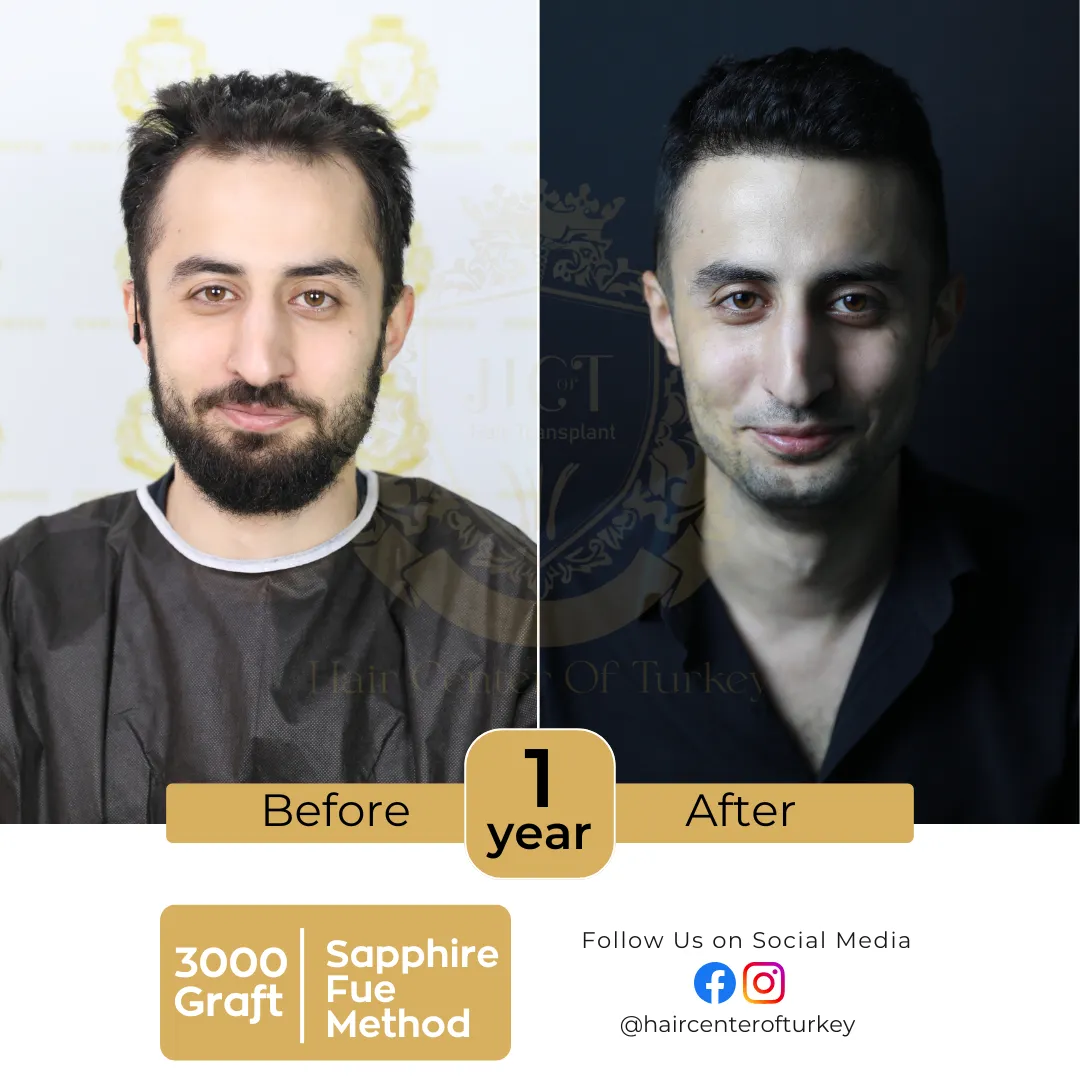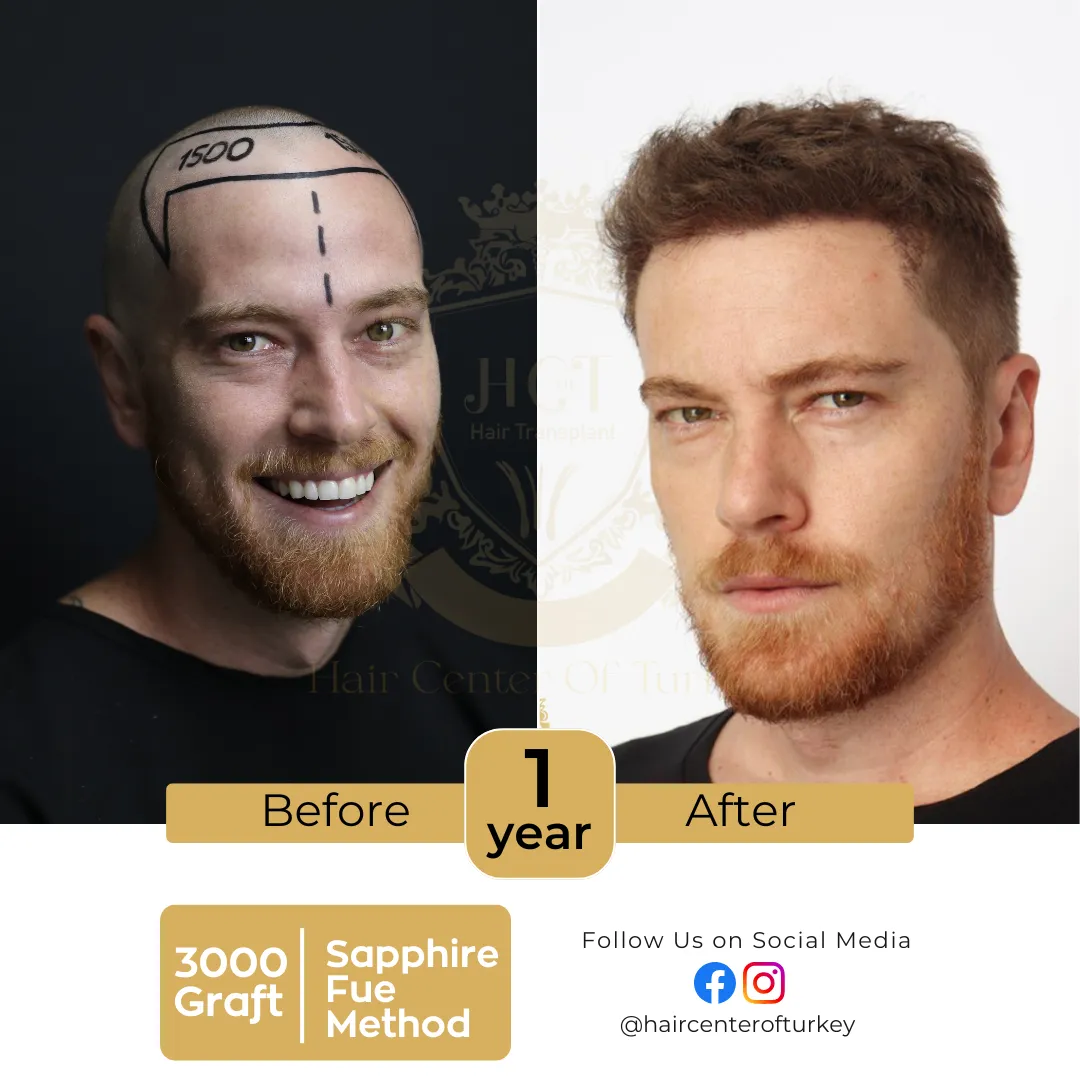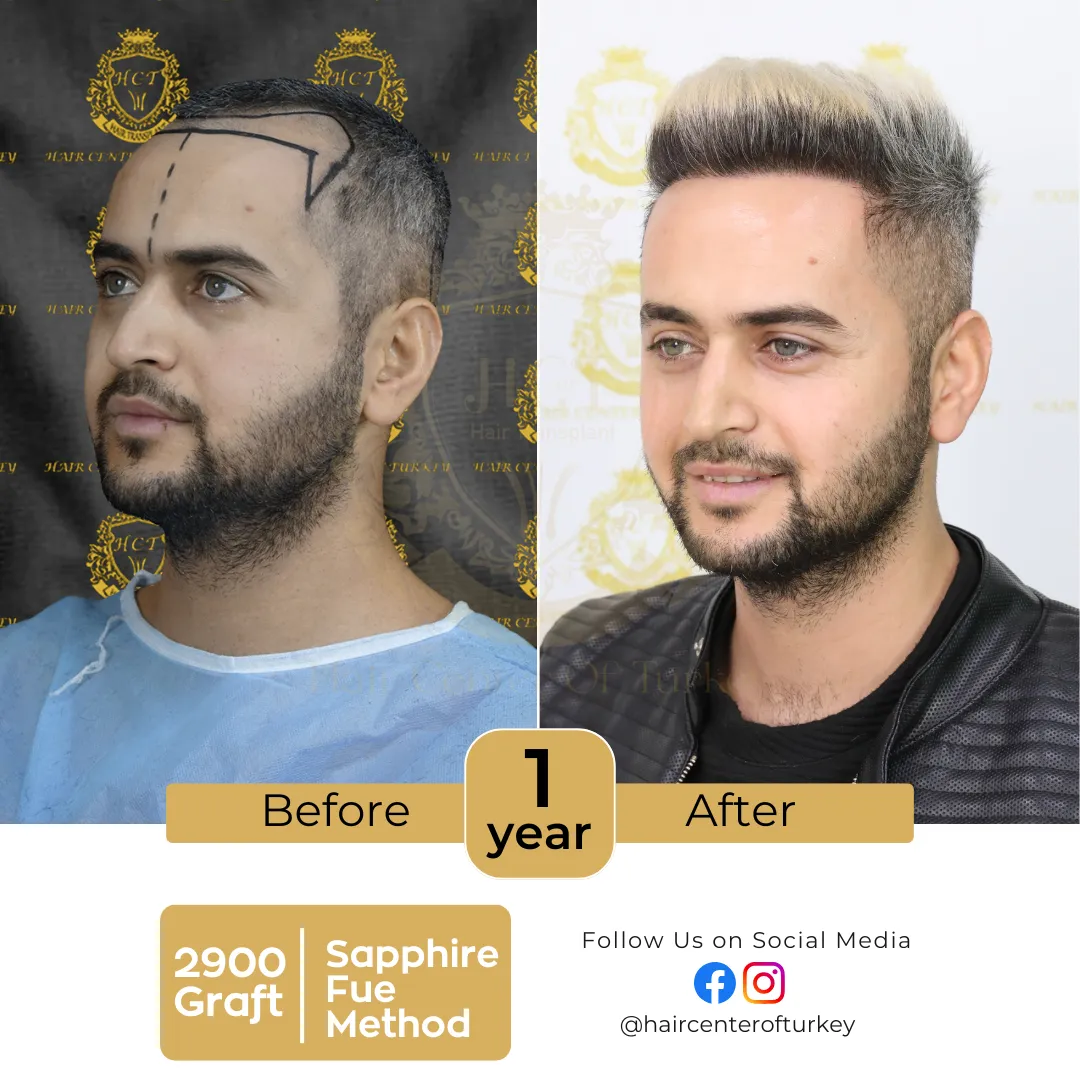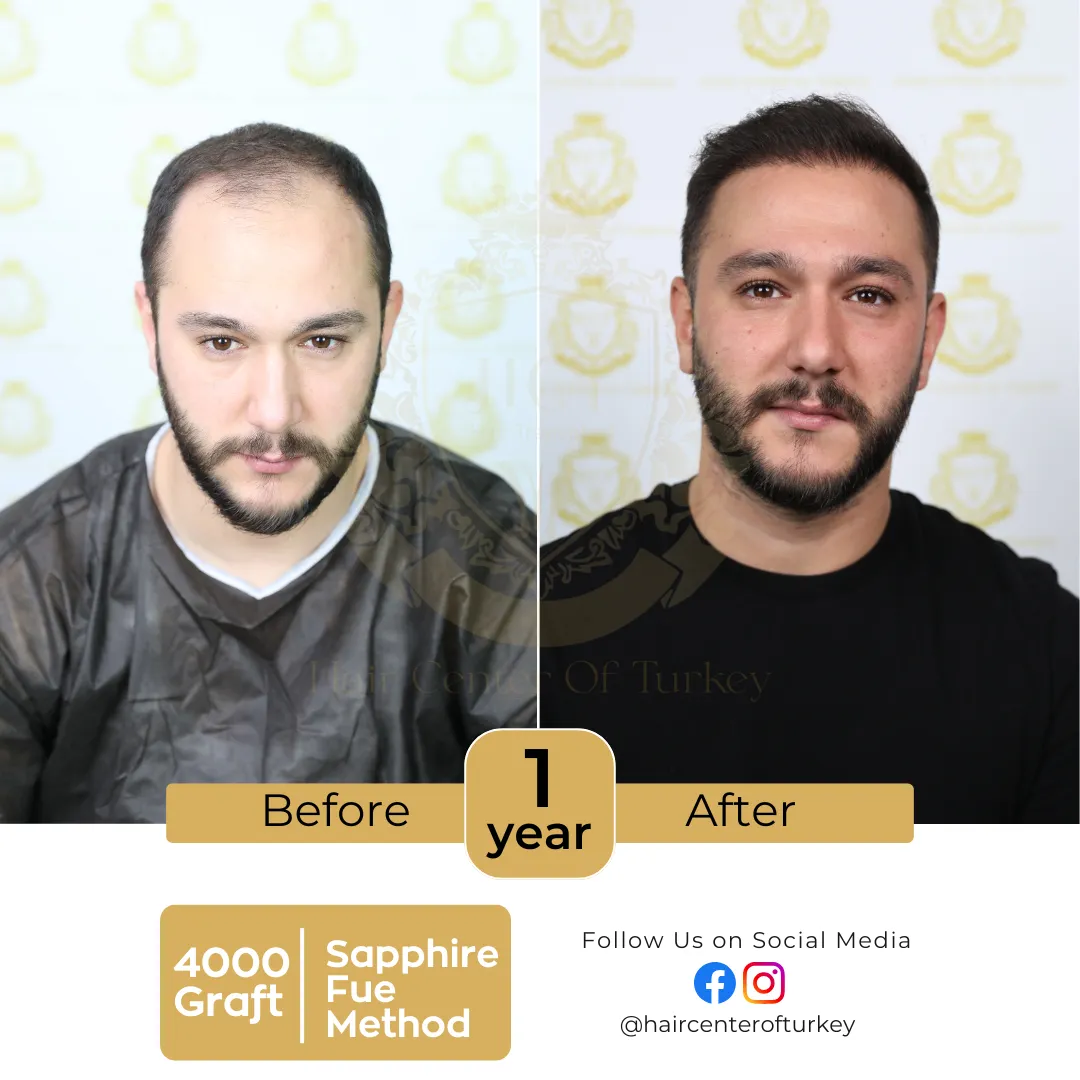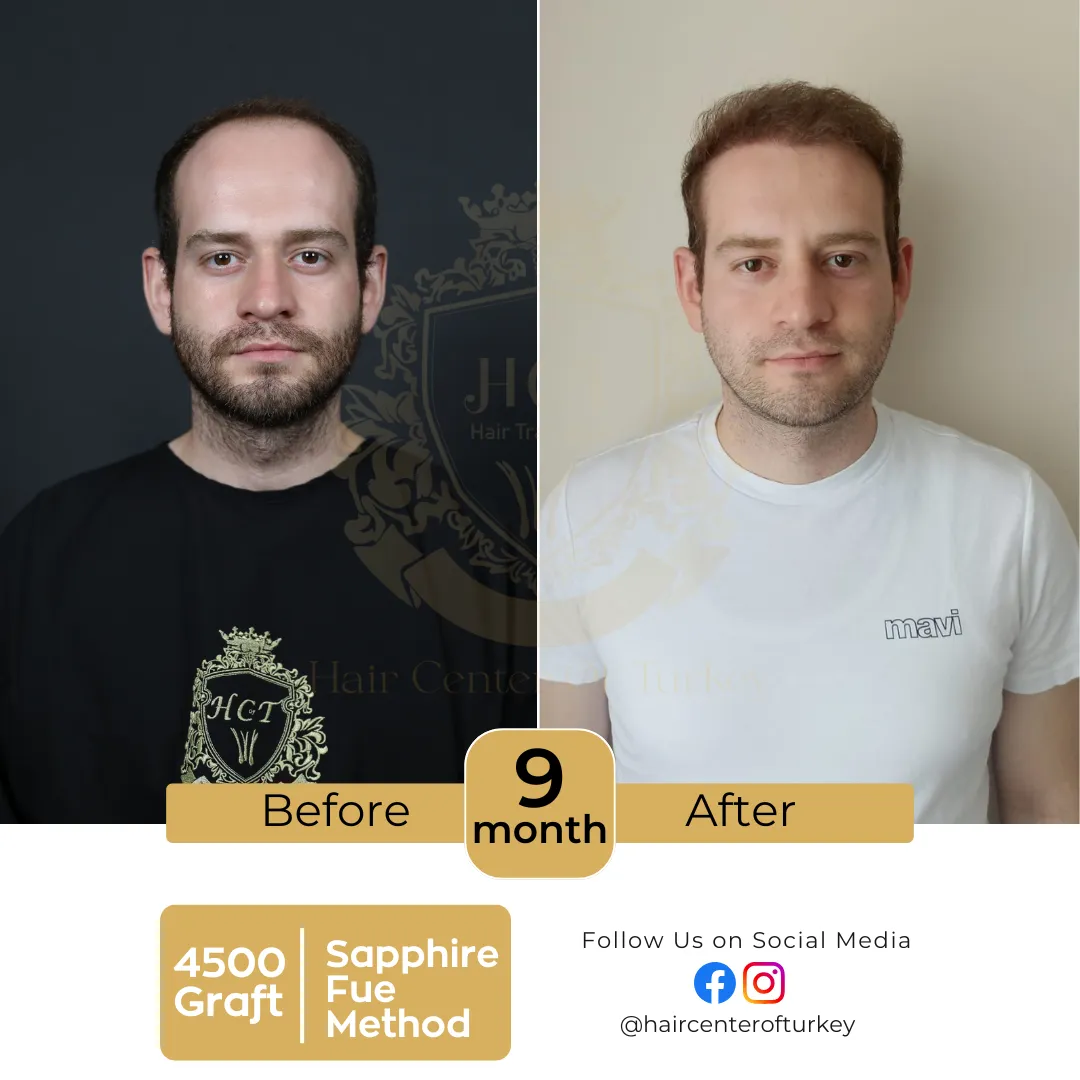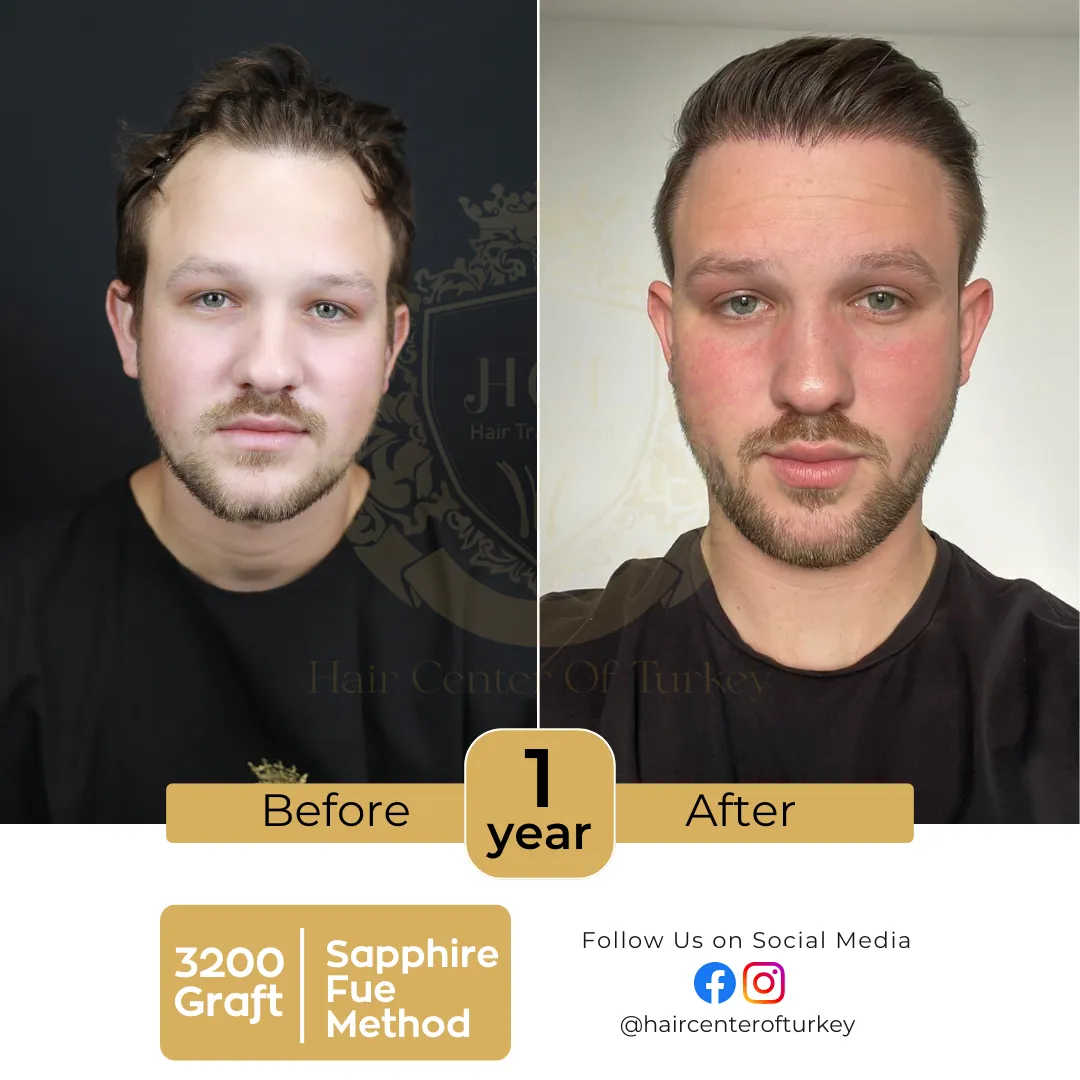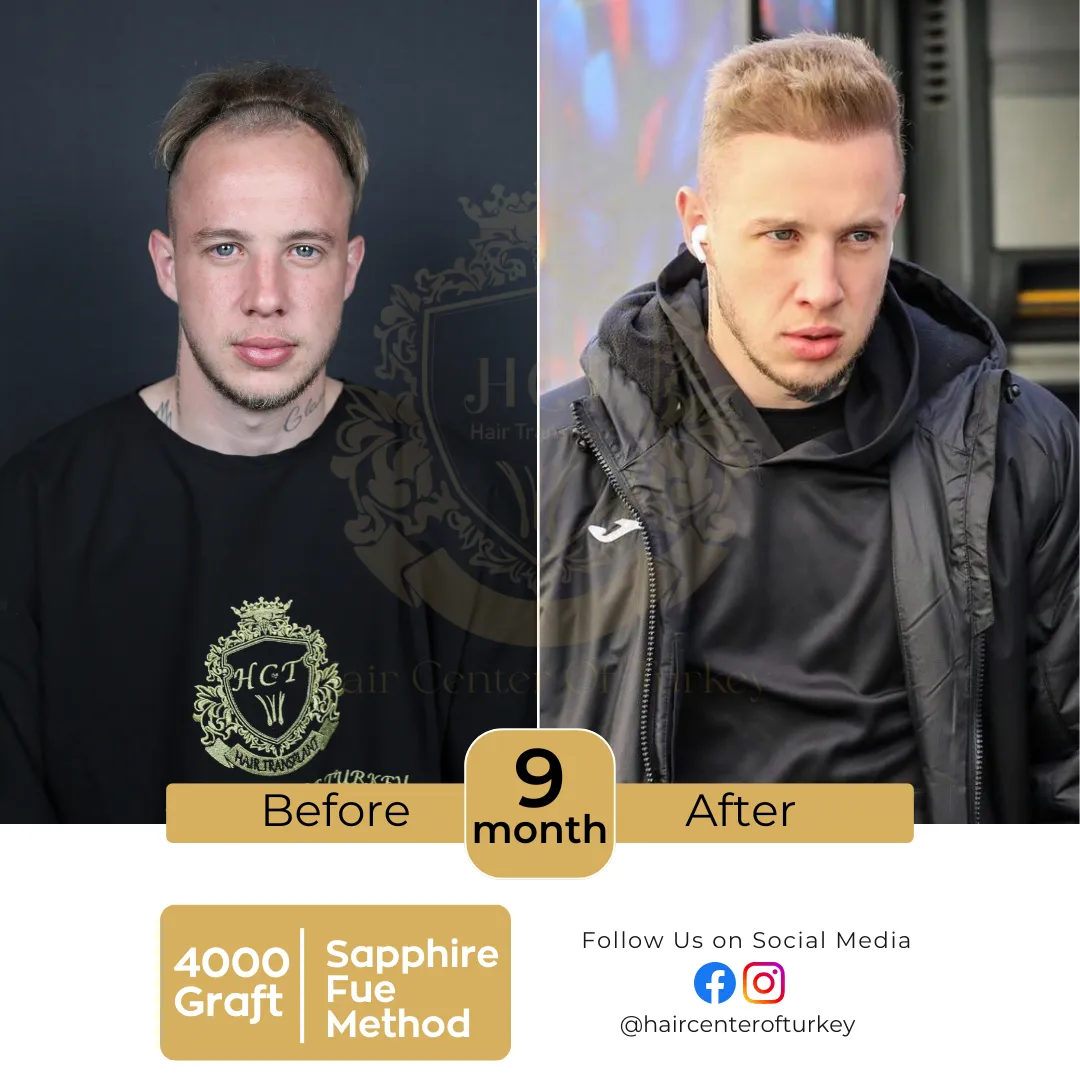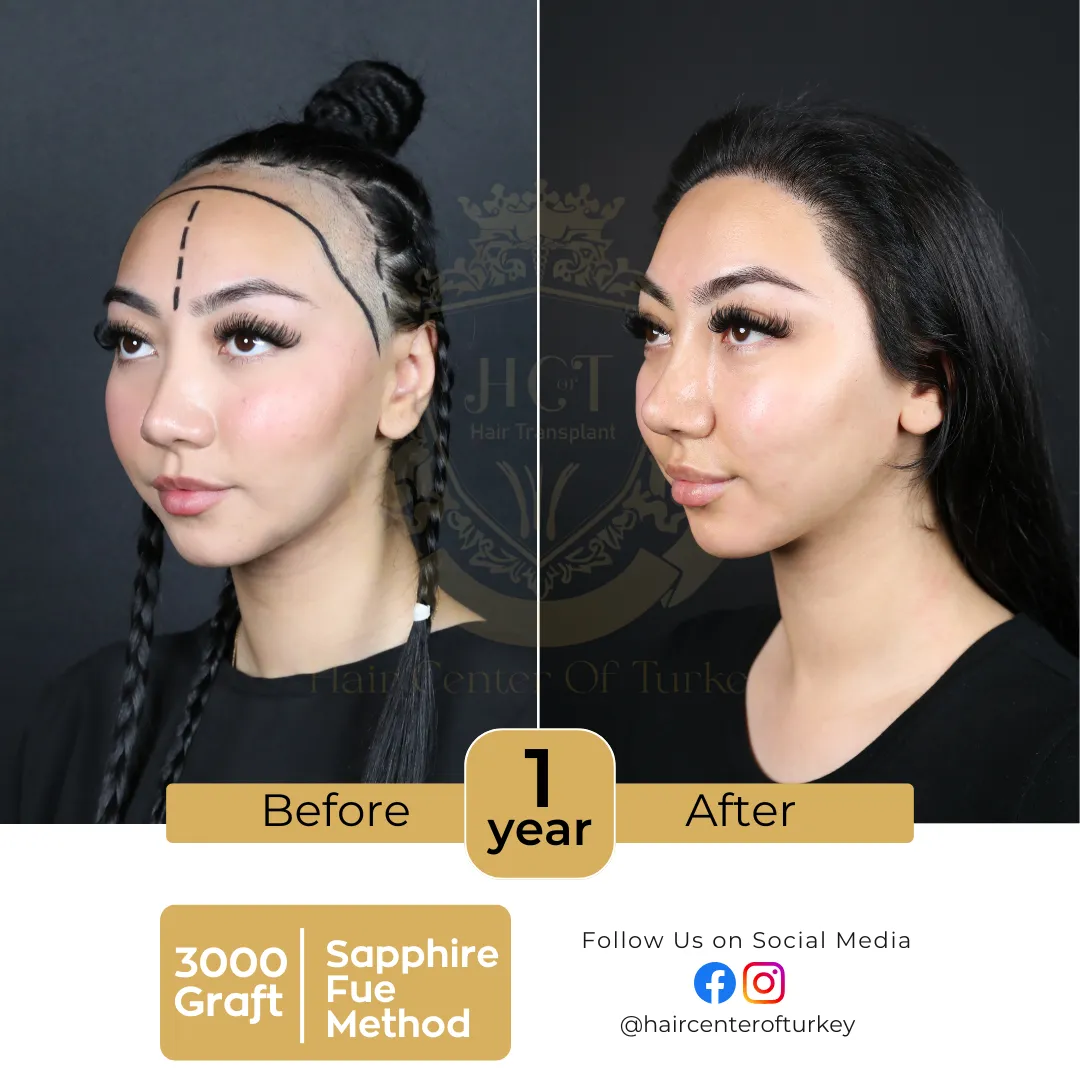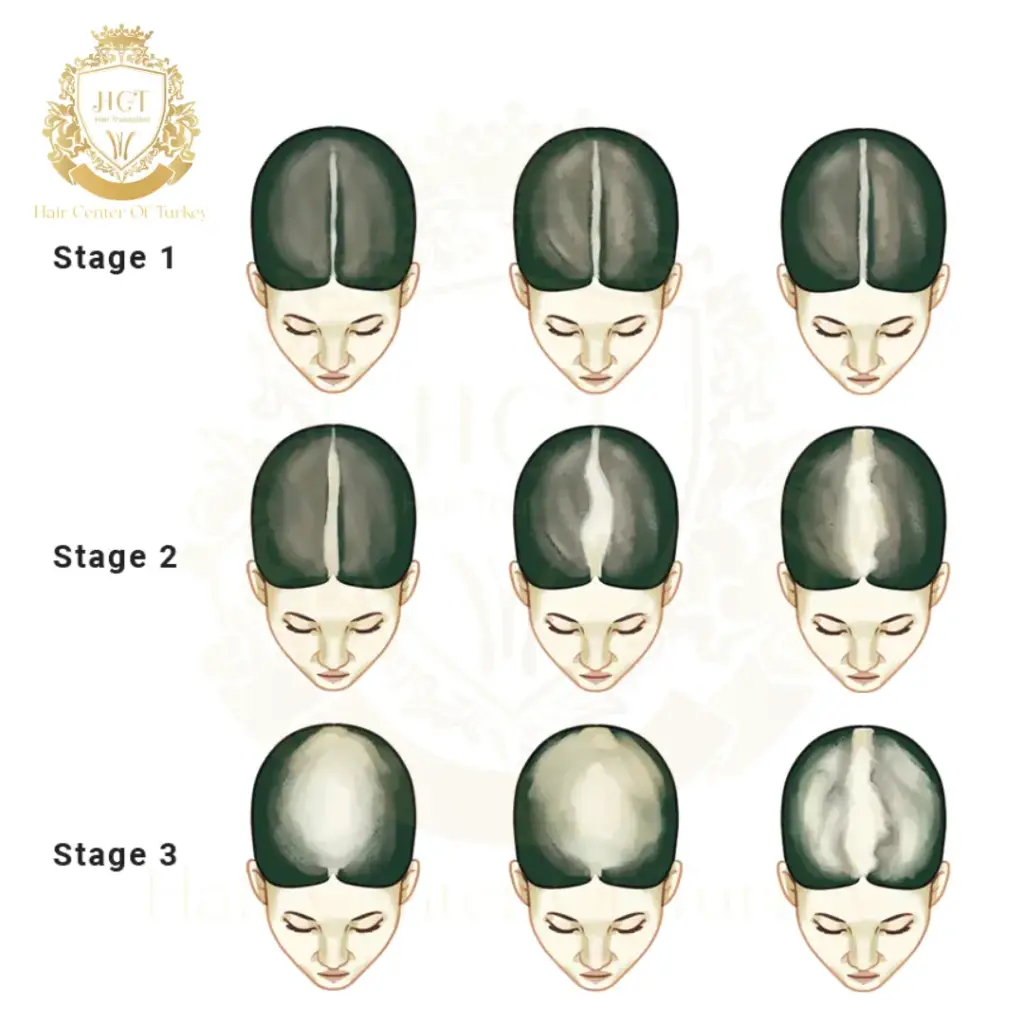How to Recognize Norwood 1 Hair Loss and Catch the Earliest Signs of Thinning
Hair loss often starts gradually, making it easy to overlook the earliest signs. For men, the Norwood Scale is the most widely used system to classify the stages of male pattern baldness. Norwood 1 represents the very beginning of this journey—so subtle that many don’t even notice it. But identifying Norwood 1 early can help you take proactive steps before the hairline recedes any further. In this article, we’ll explore how to detect Norwood 1 and how to spot the earliest signs of hair loss so you can act early and protect your hairline.
What Is Norwood 1 and Why Does It Matter?
The Norwood Scale ranges from stage 1 to stage 7, with stage 1 representing a full or nearly full head of hair. Norwood 1 is not technically considered baldness but rather a baseline. The hairline remains in its juvenile position without noticeable thinning or recession. However, for individuals genetically predisposed to androgenetic alopecia (male pattern baldness), Norwood 1 is often the phase before visible recession begins.
Recognizing Norwood 1 is important because it allows you to monitor your hair more closely and potentially begin preventative treatment while hair loss is still minimal.
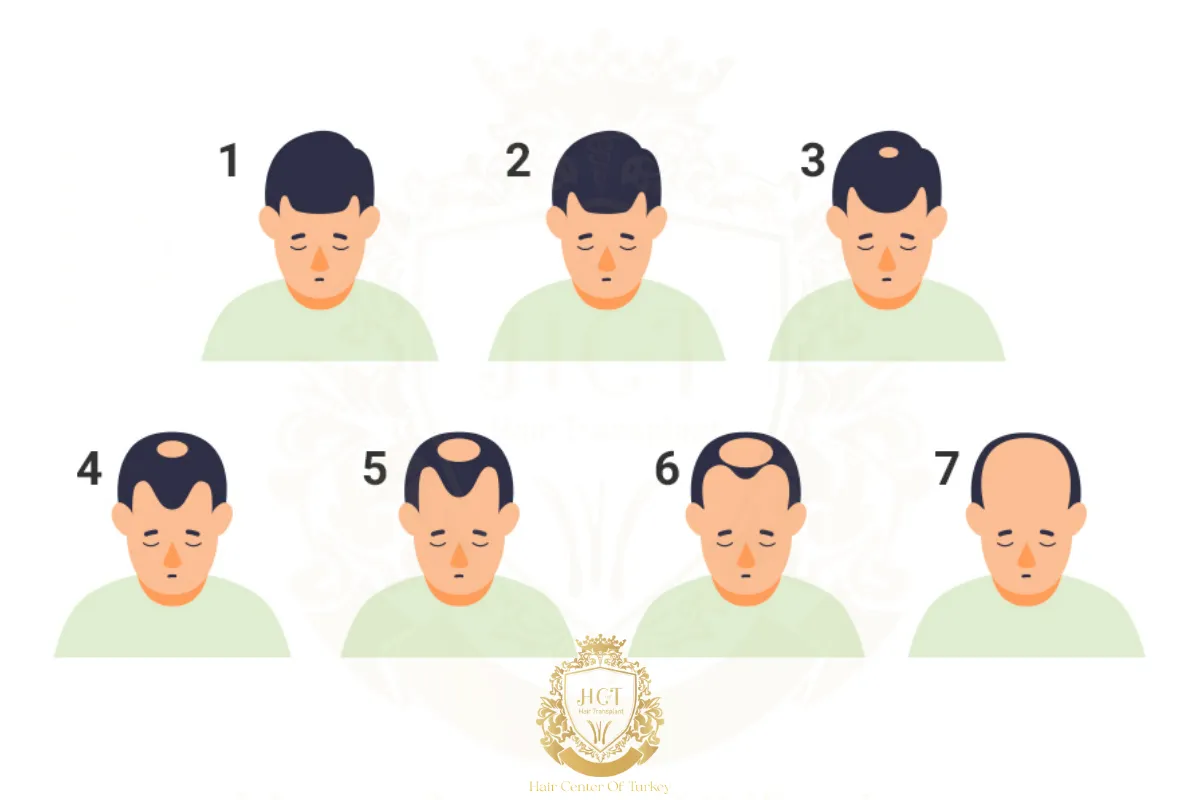
How Can You Detect Norwood 1 in the Mirror?
Since Norwood 1 doesn’t present any obvious bald spots or recession, detecting it requires close observation. Here’s what to look for:
- Unchanged Hairline Shape: The frontal hairline should still resemble your teenage pattern—rounded and intact at the temples.
- No Visible Thinning: Hair density at the temples and crown appears normal to the naked eye.
- No Miniaturization: Individual hairs are still thick, and there’s no noticeable reduction in strand diameter.
- No Hair Shedding Clusters: You won’t typically notice excess hair in your brush or pillow.
If you observe any subtle changes from this baseline—like slight temple thinning, more scalp visibility in strong light, or increased shedding—you may be progressing beyond Norwood 1.
What Are the Earliest Signs of Hair Loss Beyond Norwood 1?
Hair loss can move quickly from Norwood 1 to stage 2, so it’s crucial to recognize the shift early. Watch out for these subtle signs:
- Temple Recession: Slight pulling back of the hairline at the temples is often the first visible indicator.
- More Hair in the Shower or on Your Pillow: While daily shedding is normal (50–100 hairs per day), excess hair loss may suggest early thinning.
- Scalp Becoming More Visible: If you’re starting to see more of your scalp under direct light, particularly at the crown or along the part line, this could signal thinning.
- Miniaturization: Hair strands become finer and shorter over time—an early sign of follicle shrinkage due to DHT.
- Itchy or Irritated Scalp: Inflammation can sometimes accompany early-stage hair loss.

Why Early Detection of Hair Loss Is Important
The earlier you catch hair loss, the more treatment options you have—and the higher the chances of preserving your hair. At Norwood 1 or 2, treatments like minoxidil, finasteride, PRP therapy, and low-level laser therapy (LLLT) are most effective. Waiting until later stages may limit your results or require surgical options like a hair transplant.
Should You Treat Norwood 1 Hair Loss?
Treatment at Norwood 1 is often preventative. If you have a strong family history of baldness or you’ve noticed subtle changes, starting treatment early can help maintain your hairline. Consulting with a dermatologist or hair restoration specialist can provide a personalized plan based on your hair goals and risk level.



